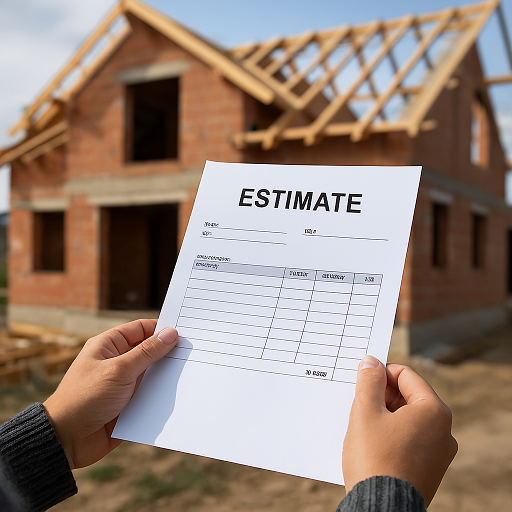Clay Bricks vs. Cement Bricks
- Deen Gabriel

- Mar 23, 2023
- 2 min read
Bricks have been used as a building material for thousands of years, and they remain a popular choice today. There are two main types of bricks: clay and cement. While both types have their advantages and disadvantages, it's important to understand the differences between them before deciding which one to use for your construction project.

Clay bricks are made from natural clay that is molded and then fired in a kiln at high temperatures. The firing process gives clay bricks their distinctive reddish-brown color and makes them durable and long-lasting. Clay bricks are known for their ability to resist damage from weather, insects, and fire. They are also excellent at insulating against heat and noise.
Cement bricks, on the other hand, are made from a mixture of cement, sand, and water that is poured into molds and then dried. Cement bricks can be made in a variety of colors and textures, and they are often used for decorative purposes. They are also very strong and durable, and they are resistant to moisture, termites, and fire.
So, what are the pros and cons of using clay vs. cement bricks? Let's take a closer look.
Pros of Clay Bricks:
High durability: Clay bricks are extremely durable and can last for many years without showing signs of wear and tear.
Environmentally friendly: Clay bricks are made from natural materials and are therefore more environmentally friendly than cement bricks.
Energy-efficient: Clay bricks are excellent at insulating against heat and noise, making them an energy-efficient choice for your home.
Low-maintenance: Clay bricks require very little maintenance and can be easily cleaned with a hose and brush.
Cons of Clay Bricks:
Limited color options: Clay bricks are only available in a limited range of colors, which may not suit every taste.
Cost: Clay bricks are more expensive than cement bricks, which can be a disadvantage for some people.
Pros of Cement Bricks:
Wide range of colors and textures: Cement bricks can be made in a variety of colors and textures, which gives you more options when it comes to design.
Strength and durability: Cement bricks are extremely strong and durable, which makes them ideal for use in high-traffic areas.
Moisture and fire-resistant: Cement bricks are resistant to moisture, termites, and fire, making them a popular choice for construction in areas with harsh weather conditions.
Cost-effective: Cement bricks are generally less expensive than clay bricks, which makes them a more affordable option.
Cons of Cement Bricks:
Not as energy-efficient: Cement bricks are not as good at insulating against heat and noise as clay bricks, which means that they may not be as energy-efficient.
Not environmentally friendly: Cement production is known to be a significant contributor to greenhouse gas emissions, which means that cement bricks are not as environmentally friendly as clay bricks.
In conclusion, both clay and cement bricks have their advantages and disadvantages, and the choice between them depends on your individual needs and preferences. If you are looking for a durable, environmentally friendly, and energy-efficient option, clay bricks may be the best choice for you. However, if you are looking for a cost-effective, versatile, and moisture-resistant option, cement bricks may be a better choice. Ultimately, the decision comes down to your personal preferences and the specific requirements of your construction project.






Comments